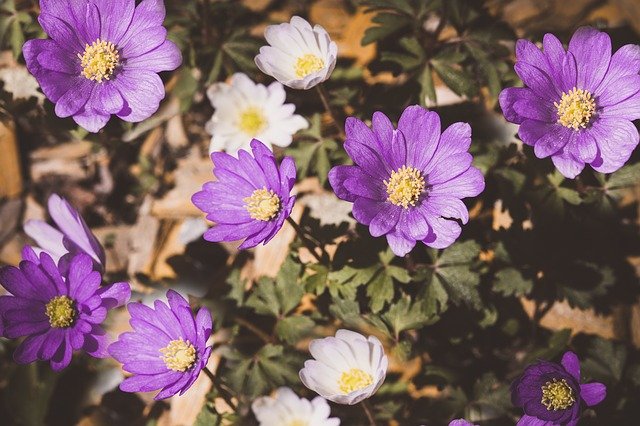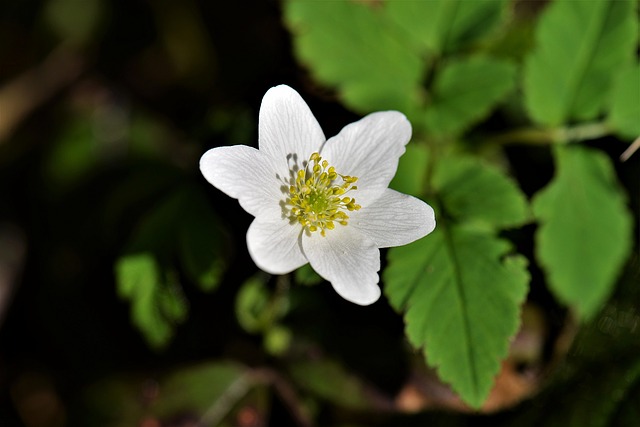Commonly found around forests and groves in the spring, some species of anemone are suitable not only as a lodging plant. These species are for garden use and are well known under the botanical name Anemone. They are the following native species:
o Anemone globe, commonly known for its white flowers
o Anemone resin, known for its yellow flowers
o Anemone narcissus, somewhat taller Only found on the slopes of Kulkonoshe and Hruby Jesenik
– these plants are native to us and occur in spring. o
Anemone narcissus
, a native of the Balkans, with yellow flowers
– Anemones native to the Balkans bloom a little later, in early summer.
– Anemones native to China and Japan flower at the end of August.

Anemones come in a wide variety of species. From these, many beautiful varieties of anemones have been bred. Anemones now come in:
o Small and large flowers
o Single, half-full, and full blossoms
o Many colors, from white, pink, and blue to deep purple and red
All species of anemones produce dense carpets of beautiful flowers. And yet, anemones are very low-maintenance flowers. 31] They are perennialsand usually have tubers or thin rhizomes, while daffodils have bundles of roots. Anemones reproduce much faster from small, hardy tubers than from seeds. Germination takes about two years. Purchased anemone tubers should be soaked in water for several hours before planting.
Where to Plant Anemone
Balkan anemone grows in dense deciduous forests. Therefore, it grows in:
– partial shade
– rock gardens
– peat
Other anemone species
o Apennine anemone. This species produces white or blue flowers in early spring.
o Anemone charming, glorious or lovely. Native to the Balkans and Asia Minor. It produces blue-purple flowers, but sometimes white or pink flowers are produced.